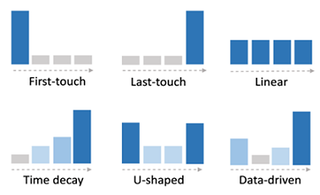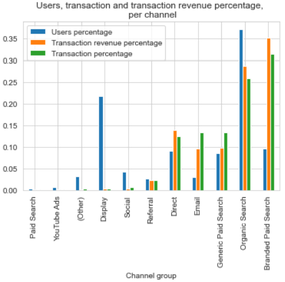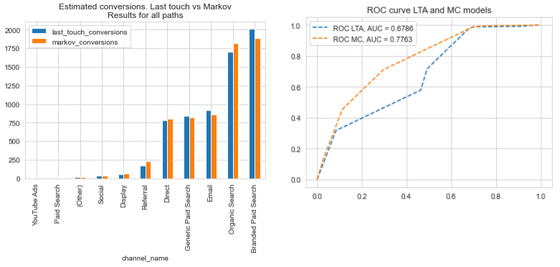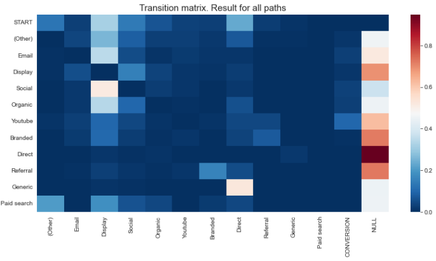|
Non-profit organisations (NPOs) use offline-marketing strategies to both attract the attention of potential donors as well as collect donations. With mostly donors from “aging” generations reacting to direct campaigns and because those campaigns are slowly decreasing its impact, NPOs are investing into new ways of collecting donations, including online platforms. Not only online media has the potential to reach a wider profile of users; also, other advantages exist, including traceability, the option to gather user-level data and the fact that customers can potentially be better addressed over online channels. In addition, online media have proven to have a greater effectiveness in terms of customer conversion than traditional advertising. With increasing inflation and life costs and shrinking marketing budgets, it is crucial for NPOs to understand their customer interests and behaviour to better and more effectively address them. If talking about online marketing platforms, this would translate into study what online sources (like email links, YouTube ads or paid search) are the ones bringing more potential donors to our websites. Each person accessing a website to actually buy a product or donate something, may have visited the website before to research about the (donation) product, before finally deciding on converting or making a donation. Obviously, it is interesting to know the influence of each online source in a final donation through a website; this is known as the attribution problem and can be solved by using attribution-modelling techniques. Different attribution-modelling techniques exist, which try to predict the importance of the different marketing channels in the total conversion of customers (or donors). While advertisers tend to use very simplistic, heuristic ones, academia has focused on more complex and data-driven methods, which have been proven to obtain better results. Using data from the visits and donations done during the year 2021 on the website of a SOS organisation, we studied the effect that different marketing channel sources (i.e. "from where do users access a website") had on donations. Analysis were done on Jupyter Notebooks using Python and two different modelling approaches: 
 After doing some first data exploration and filtering data representing an “abnormal” visiting behaviour (visits to the career site and those done on #GivingTuesday), we applied both attribution-modelling methods. From our analysis, it could be easily concluded that different online marketing channels do have different effects on donations and donation revenues. However, and to our surprise, minimal differences were found between LTA and MC results for both, estimated number of donations and revenue per channel, probably caused by a “special” behaviour of donors: as it seems, most of them will visit the website just once during the year and decide, on the fly, if they would like to donate something. This overrepresentation of paths with just one touchpoint causes both heuristic and data-driven methods to assign the same (donation) value to the channels. While results are similar, we find that working with data-driven methods as Markov Chains still has advantages, including the fact that:
Do you want to know more about our results and insights? Are you also interested in a similar study? Do you have online data but are not making use of it?
Get in touch with us! 💻📱📧 We at joint systems can help you get the most out of your data 🙂😉
0 Comments
Leave a Reply. |
Categories
All
Archive
June 2024
|


